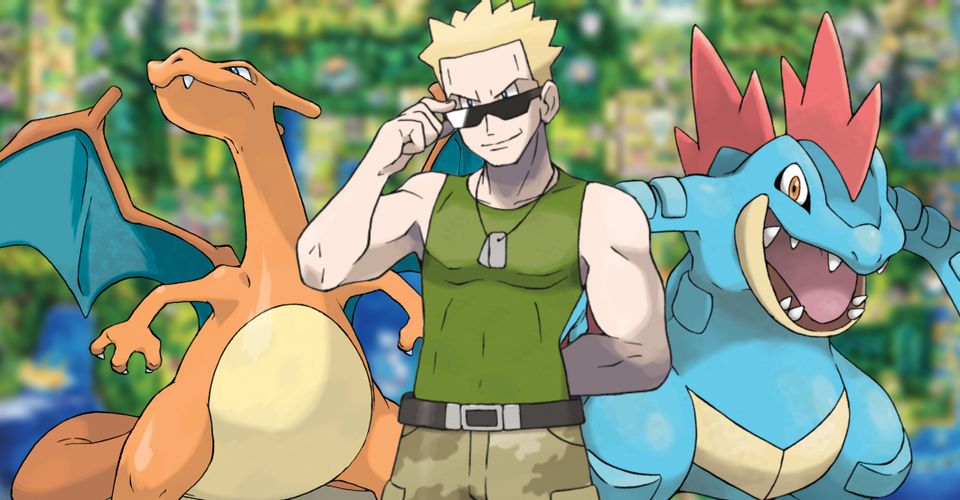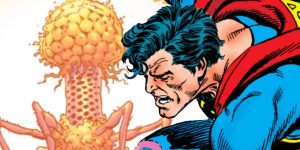The Pokémon War Theory Explained

The colorful, carefree world of Pokémonhides a dark history, according to the “Great Pokémon War” theory. This classic theory argues Pokémon Red and Blue take place shortly after a bloody conflict wiped out most adults in the games’ Kanto region, leaving behind few survivors but children in need of training via the region’s gyms.
Pokémon has no shortage of disturbing lore. The twisted creation of Mewtwo established that, in spite of its kid-friendly aesthetic, the series would occasionally tackle themes as existential as the ethics of cloning. Pokémon games also mention straight-up violent acts, like a Pokémon that supposedly kidnaps children. Other disturbing Pokédex entries detail the stealing of souls, the end of all life, and the draining of body fluids.
Given these in-game descriptions, it’s no surprise fans think there might be something just as violent in the Pokémon universe’s past. There’s no one, definitive Pokémon War theory, but its fundamental elements have been well summarized by YouTube channels like the PBS Idea Channel and PokéTuber and theorist Lockstin & Gnoggin. Here’s the Pokémon War theory, explained.
How There May Have Been A Pokémon War Between Kanto And Johto

The central argument of the theory relies on a two key factors about Red and Blue: First, there are few middle-aged adults in Kanto. Most people players encounter are either children, teens, or elderly folks. The middle-aged men players do meet are mostly either gym leaders or employed as criminals under Team Rocket – perhaps a consequence of being unable to hold down a job after returning from the battlefront. The player character, Red, does not seem to have a father, and his rival, Blue, doesn’t have parents at all. Second, elements of Kanto’s infrastructure hint at a possible conflict. As the Creepypasta Wiki (via PBS Idea Channel) notes, Kanto has an abundance of gyms and hospitals (Pokémon Centers), but doesn’t seem to have many entertainment hubs, such as movie theaters. Additionally, Lockstin & Gnoggin argues Kanto’s network of underground tunnels could have originally been created as bomb shelters.
The “War” part of the Pokémon War theory comes via Lt. Surge, Vermilion City’s gym leader. Surge tells players, “You won’t live long in combat! That’s for sure! I tell you what kid, electric Pokémon saved me during the war!” Based on the evidence above, fans theorized Surge is referring to a conflict they’ve dubbed “The Great Pokémon War” that took place shortly before the games, wiping out most adults – including Red’s father and Blue’s parents – and shifting society’s focus towards battling and training. FireRed and LeafGreen’s Fame Checker tool contains a line stating Lt. Surge was known for his caution in the army, which could explain how he survived when others didn’t.
Fans like The Insightful Panda (via PBS Idea Channel) suggest Kanto’s opponent in this war was the neighboring Johto region, explaining certain crossovers between the regions’ cultures and Pokémon. According to PBS Idea Channel’s Mike Rugnetta, fans also think the lack of in-game mentions of the Pokémon War – besides Lt. Surge’s – could be explained by Red’s childish perspective, which causes him to simplify or ignore anything too scary or political. However, as Rugnetta noted, this same justification could also be used as one of the many counterarguments to the theory. Still, there’s a reason the Pokémon War theory is one of the series’ most famous, as it has a fair amount of evidence and adds a compelling layer of intrigue to Pokémon Red and Blue’s universe.
Pokémon Red and Bluereleased for the Game Boy on September 28, 1998.
Source: PBS Idea Channel, Lockstin & Gnoggin
About The Author

















